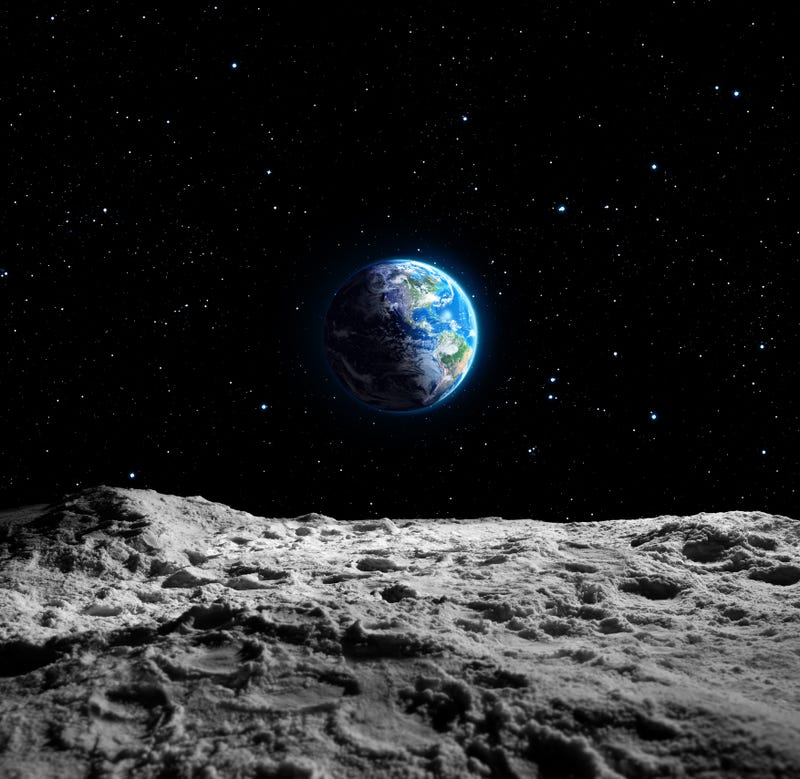
EAST LANSING, MICH. (WWJ) Michigan State University will be “planting” itself in outer space as a part of a major NASA mission.
Professor Federica Brandizzi, who runs the Brandizzi Lab at MSU, has been grappling with the question: what will humans do for food on the moon?
“This is really about understanding how we can establish and sustain life outside of this planet,” Brandizzi said in MSU’s press release.
Brandizzi and her team's genetically engineered plants called Arabidopsis thaliana, modified with extra essential amino acids, will launch into space on August 29.
No humans will be on the flight.
“Our technology equips plants with a higher content of amino acids that are essential for the human diet,” Brandizzi told NASA.
One of the revelations of previous space experiments: plants become depleted of their amino acids and other crucial nutrients in microgravity, NASA stated in a release.
Amino acids are a “main component” of skin, muscles, and bones and they’re found in every cell.
Her team’s research will be a part of NASA’s Artemis I mission— “a first step toward the agency’s future goal of establishing ‘a long-term human presence on the moon.’”
She said the plants would also be without gravity and “weightless,” not to mention being forced to cope with harsh cosmic rays without the shield of the Earth’s atmosphere.
“In space, there are so many variables, so many things that plants have never experienced before,” Brandizzi said in the release.
Her team is one of four from across the country to participate in NASA’s Space Biology program, joining a yeast experiment by the University of Colorado-Boulder, another on fungus by the Naval Research Academy, and a third on photosynthetic algae by the National Institute for Medical Research.
Brandizzi has had two previous experiments aboard NASA missions, both to see how plants would respond to the “unique stresses of space,” according to MSU’s statement.
Bottom line, Brandizzi said participating in the mission is an emotional experience with major potential future implications: “We need to have plants that can survive long-term space travel for generations.”

